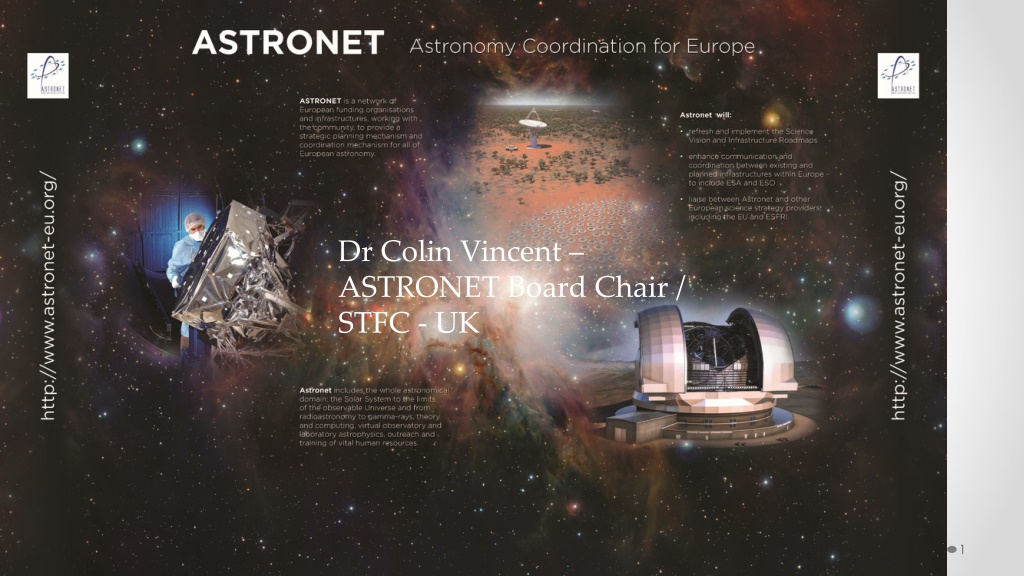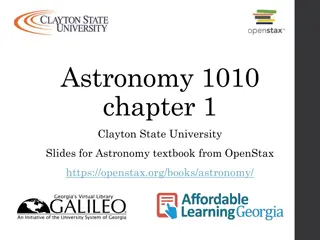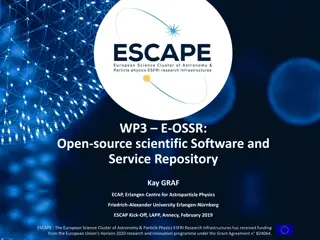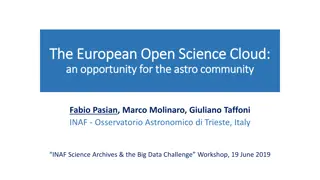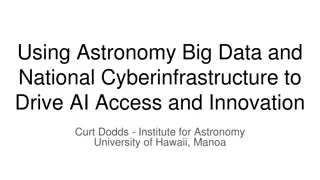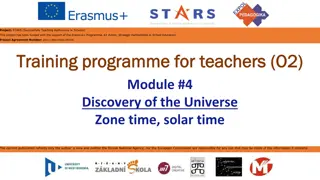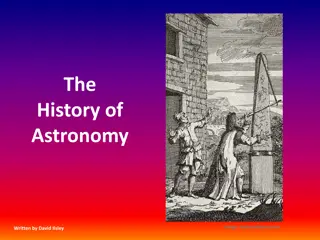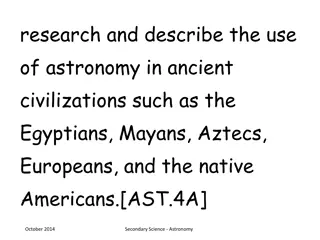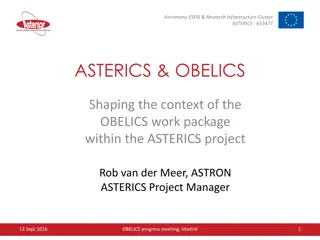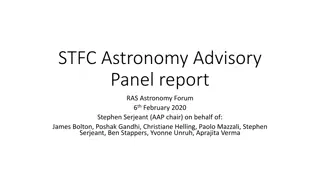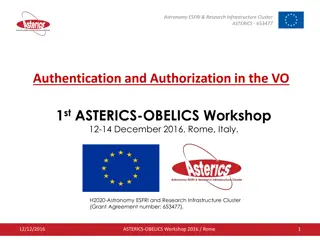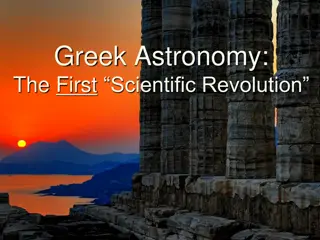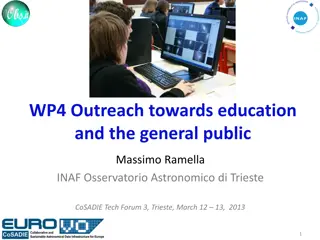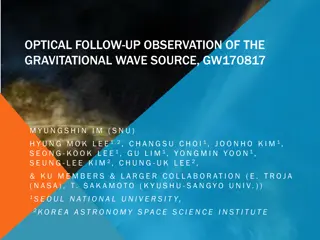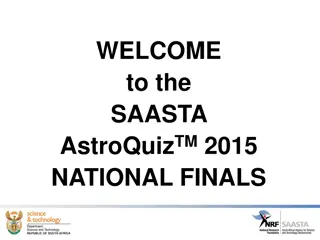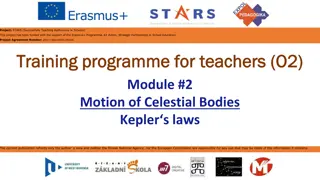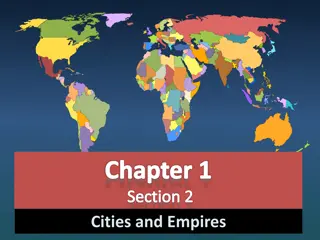Comprehensive European Astronomy Development Planning by ASTRONET
ASTRONET, a group of European funding agencies and infrastructures, coordinates all aspects of European astronomy. Established in the early 2000s with EU funding, ASTRONET focuses on long-term planning for the development of European astronomy. It has created the European Science Vision and Infrastructure Roadmap, with a recent emphasis on developing a new Science Vision. The program covers a diverse range of scientific questions, encourages multi-messenger science, and promotes collaboration across various disciplines in astronomy. The upcoming ASTRONET Roadmap, set for publication in January 2023, will emphasize the importance of big facilities and space projects like ELT, SKA, and Voyage 2050, alongside associated capabilities and interdisciplinary cooperation.
Download Presentation

Please find below an Image/Link to download the presentation.
The content on the website is provided AS IS for your information and personal use only. It may not be sold, licensed, or shared on other websites without obtaining consent from the author. Download presentation by click this link. If you encounter any issues during the download, it is possible that the publisher has removed the file from their server.
E N D
Presentation Transcript
Dr Colin Vincent ASTRONET Board Chair / STFC - UK 1
Astronet A group of European funding agencies, community representatives and infrastructures working together as a forum for coordination for all aspects of European astronomy. 2
Astronet - Comprehensive long-term planning for the development of European astronomy Formed in early 2000s with EU funding and responsible for 1st European Science Vision and Infrastructure Roadmap (and its revision); Since 2016, at EU request, funded by the agencies; Focus in last 4 years has been creation of new Science Vision, but planning for other work is commencing. 3
Multi-Messenger Science European Astronomy covers a very diverse and extensive programme based around key scientific questions from origin of Universe to our part within it By nature, the approach to progressing knowledge is founded on a multi-faceted approach, be that theory working with observation or x- ray working with radio More recently is has also been strongly extended into geophysics, computing and others The historical view that most scientists are focussed on one wavelength or one suite of facilities is becoming less true 4
Multi-Messenger Science The new generation of facilities are founded on very large data sets from which a wide variety of science outcomes can be extracted For example Rubin s short cadence all sky surveys, or the capability of the Square Kilometre Array Follow up from other facilities and capabilities is vital, including appropriate computing ability ( both capacity and capability), and that also means appropriate effort Linkages for Gravitational Waves for Example to GOTO, are starting to show the strength of this multi-facility approach. This can only increase as new capabilities come on line Also demonstrates the need for all aspects of astrophysics to cooperate 5
ASTRONET Roadmap Expect publication in January 2023 It will highlight the dominance of the big facilities and of space in the coming years (ELT, SKA, Voyage 2050) but also the vital role of associated capabilities, of working across traditional silos The link to societal gain will also be strongly emphasised There is only limited resource across the budgets of those funding astrophysics in Europe We must ensure we plan with vision but also in harmony Multi-Messenger science, in its widest definition will be a very important to maximise the science return on our investments 6
https://www.Astronet-eu.org Image: ALMA 7
